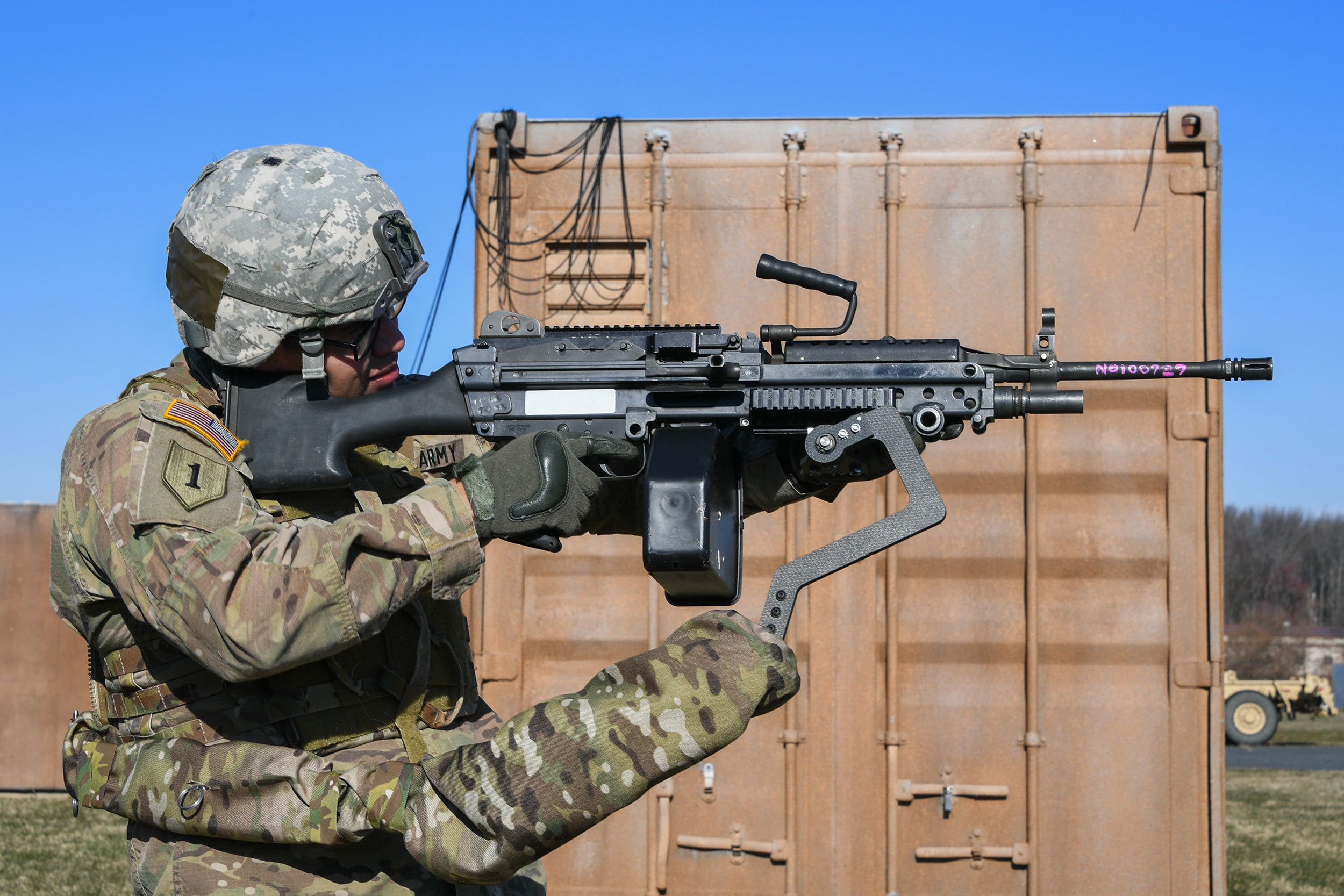Humanity has known for hundreds of years about the effect that chemical weaponry has on casualties of conflict. Developments in chemical struggle at some point of World War One have been sizable in using the progress of medical advancement. In 1675, the Strasbourg Agreement was signed to prevent the good-sized brutality of chemical warfare that was finally seen in World War One.

As signatories of the agreement, as an outcome of the global treaties introduced between 1874-1907, poisonous guns had been banned immediately before the warfare inside the Western world. France and the Germanic states understood the agreement a long way-achieving destruction that chemical war could purpose. Countries started to broaden their arms in mystery.
July of 1915 changed into massive in presenting preventative. They had been unfastened from the law and so had been able to broaden the weaponry to the dangerous degrees visible in World War One. As military historian James Patton argues, the gases which had the biggest effect were phosgene, a short to medium-term gas with severe mortality rates, and mustard fuel, which had a extensively longer-lasting impact on soldiers exposed to it. As chemical gases had been constantly being evolved and released for the duration of the conflict, medical development turned into combat the unknown gases of destiny.
Mitigating strategies for the impact of chemical gas battle; British clinical corps invented protecting head tools referred to as a “hypo helmet,” the usage of wool immersed in particular mustard-neutralizing chemical compounds as a base, an experimental degree to mitigate the effect of mustard fuel. While those have been best the primary fuel masks and would be substantially more advantageous through the years.
This, as a primary attempt in reaction to the enemies’ use of chemical weaponry, demonstrates that sizeable medical innovation and development had already taken place, and this invention proved to be powerful for troops like British and German who placed such assets into their gas mask. Gas masks have been gigantic for clinical development inside.
The mitigation of the influences of chemical gases, particularly for a fuel like phosgene which became one of the first, maximum extensively used gases in World War One. Most masks (depending on their relative efficacy) had been capable of limit the quantity of fuel moving into or completely save you the fuel from coming into the breathing system.



